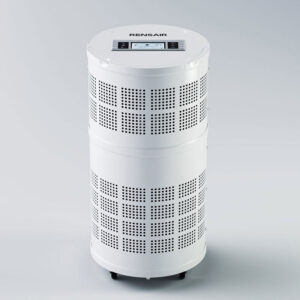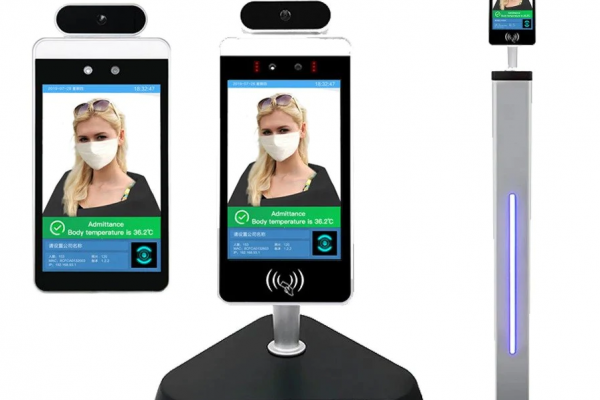Emerging from one of the greatest public health crises of all time, rapid antigen tests are a technology that has revolutionised our approach to infection control.
Now we turn our attention to influenza, a virus similar in danger to Covid-19 yet something we are more familiar with. Many people downplay its severity and its impact, but influenza has been at the centre of many epidemics and indeed pandemics, the 1918 outbreak being the first of three. The most recent pandemic was the 2003 outbreak of swine flu.
The Influenza A and B viruses are responsible for causing the flu, which is a highly contagious respiratory illness. The symptoms of the flu include fever, chills, headache, fatigue, muscle aches, and coughing. Flu season typically occurs between May and October in Australia, and the best way to prevent getting the flu is to get a flu vaccine. However, even with a flu vaccine, you can still get the flu. Early detection enables effective administration of antiviral medication in a timely manner. That’s why it’s important to get Influenza A and B testing done.
We recognise that this is a highly contagious disease which is responsible for putting many people out of work every winter. Corporate companies are urgently trying to retain staff and bring people back to the workplace, and we understand that this virus can spread quickly and efficiently through close contacts.
We can be thankful that early detection of Covid-19 symptoms has minimized the impacts on productivity for many businesses during the pandemic. This self-managed diagnosis and subsequent isolation has prevented the spread of the disease to others. We can apply this same model to influenza, which can have similar impacts.
Recent flu outbreaks have been just as destructive as the current pandemic of Covid-19. In fact, many experts have said that Covid-19, specifically the Omicron and Son-of-Omicron variants, is comparable to the flu. It’s important to remember that the normal flu kills over 660,000 people worldwide every year.
While rapid antigen tests are not a cure or medicine, they are effective in slowing and stopping the spread of infection. Extending rapid antigen tests beyond Covid-19 to include the addition of Influenza A and B, is almost more relevant to the post-Covid environment. While some people might see this as hyper-sensitivity and post-pandemic learning, it actually reflects how the pandemic has boosted our awareness of how to manage infections, keep our staff healthy and well, and manage every difficult situation.
In conclusion, rapid antigen tests for combined Covid and influenza will soon be available. These tests will be able to provide results in a matter of minutes, and they will be highly accurate. This will be a game-changer for the fight against these diseases, and it will help to save lives.
















